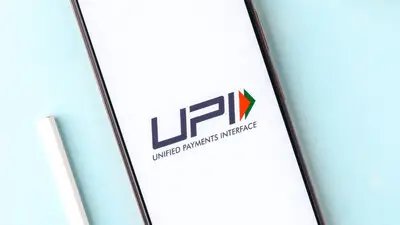In the past seven years, UPI (Unified Payments Interface) has changed how people in India pay for goods and services. However, even though digital payments have become more popular, many people still use a significant amount of cash to buy property or land.
According to a survey by LocalCircles:
- 15% of respondents had to pay over 50% of the property, land, or office purchase in cash.
- 18% indicated that the cash component was between 30-50%.
- 28% had to pay a lower cash component of 10-30%.
- 15% of respondents paid between 0-10% in cash.
- 24% of the respondents managed to complete the transaction without any cash payment.
The data reveals that 76% of those who bought property in the last seven years had to use cash for a portion of the price, with 15% paying more than half of the amount in cash. This suggests that the use of cash in property transactions may be increasing again, as only 24% indicated not using cash, compared to 30% two years ago.
The survey also inquired about the use of cash in household purchases:
- 15% of respondents do not use cash for transactions.
- 56% said 5-25% of their household purchases were in cash and without a receipt.
- 18% reported that 25-50% of their purchases were in cash and without a receipt.
- 8% mentioned that 50-100% of the items they buy were in cash without a receipt.
- 26% of consumers surveyed indicated that over 25% of their average household purchases were in cash without a receipt.
The use of cash for household purchases has seen some changes over time, with a decrease in those spending 50-100% in cash and an increase in those spending 25-50% in cash without a receipt.
When asked about the categories of products or services for which cash was used:
- 59% mentioned groceries, eating out, and food delivery.
- 7% indicated long-term assets, property, jewelry, and used vehicles.
- 4% mentioned buying gadgets.
- 7% referred to "other" purchases.
- 4% did not provide a clear response.
Cash is still commonly used for services like haircuts, paying salaries to domestic help, home repair contractors, and some travel expenses.
Despite the growth of digital payments, the amount of cash in circulation in the Indian economy has increased from 17 lakh crore in November 2016 to 33 lakh crore in October 2023.
This information is based on the survey conducted by LocalCircles with over 44,000 responses from citizens across India.

















